You don’t need to be a birder, own expensive binoculars, or even know a lot about birds – anybody can join the Great Backyard Bird Count!
This event runs from 12 a.m. Friday, Feb. 16, to Monday, Feb. 19. Bird watchers, naturalists, kids, and all kinds of folks worldwide will take at least 15 minutes, but usually more, to watch the birds in their backyards and send in information that will help researchers and scientists. And it’s more about birdwatchers all over the world trying to spot the coolest and rarest birds.
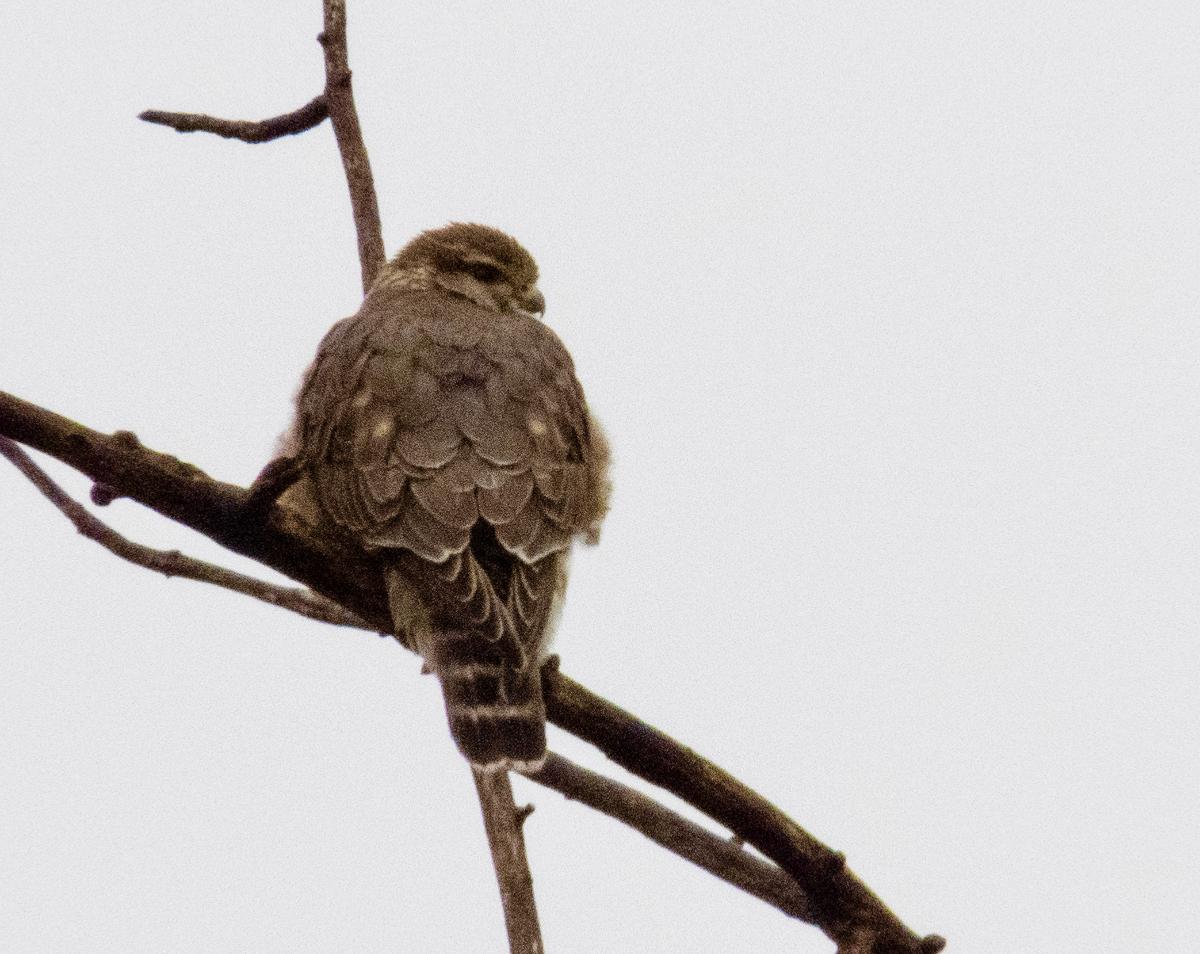
Jump to:
- Join a Half-Million Birdwatchers
- Why Participate in the Great Backyard Bird Count?
- #BringBirdsBack
- Conservation Efforts Can Bring Birds Back
- How Do I Participate in the Great Backyard Bird Count?
- Be sure to start a new birding checklist:
- How to Prep Your Yard to Bring in Birds
- What Happens If I Spot a Rare Bird?
- Using the Merlin App to Identify and Verify Birds
- Attempting to Identify Mystery Birds
Join a Half-Million Birdwatchers
During the 2023 Great Backyard Bird Count, watchers from over 200 countries spotted 7,538 species of birds. Not bad! It’s fun watching the global map online light up as new bird submissions come in. And each year, more birders join in.
Why Participate in the Great Backyard Bird Count?
From the Audubon website: “Each checklist submitted during the GBBC helps researchers at Audubon, Cornell Lab of Ornithology, and Birds Canada learn more about how birds are doing and how to protect them and the environment we share. Recently, more than 300,000 participants submitted their bird observations online, creating the largest instantaneous snapshot of global bird populations ever recorded.”
This information gathered from all corners of the world gives researchers an incredible amount of data about the changes in bird life from climate change and environmental factors – because bird life has changed in a big way since the 1970s.
#BringBirdsBack
Over the last 50 years, we’ve witnessed a staggering population loss among the 529 breeding bird species across the United States and Canada. Researchers have discovered that, from 1970 to 2020, North America has lost nearly 3 billion birds. That means we’ve lost 1 out of every 4 birds in the last 50 years – 29% of the breeding bird population.
The biggest driver of this decline is habitat loss, followed by habitat degradation. Other factors come into play, such as cats, window collisions, vehicles, pesticides, and climate change.
This is where the GBBC comes into play.
- The GBBC data helps wildlife societies target their conservation initiatives in places where it will help the most birds.
- The data backs up activists who work on public policy issues such as bird conservation, clean water and air, habitat restoration and protection, and energy planning.
- It’s a powerful way to advocate for conservation efforts for birds and all wild creatures.
Conservation Efforts Can Bring Birds Back
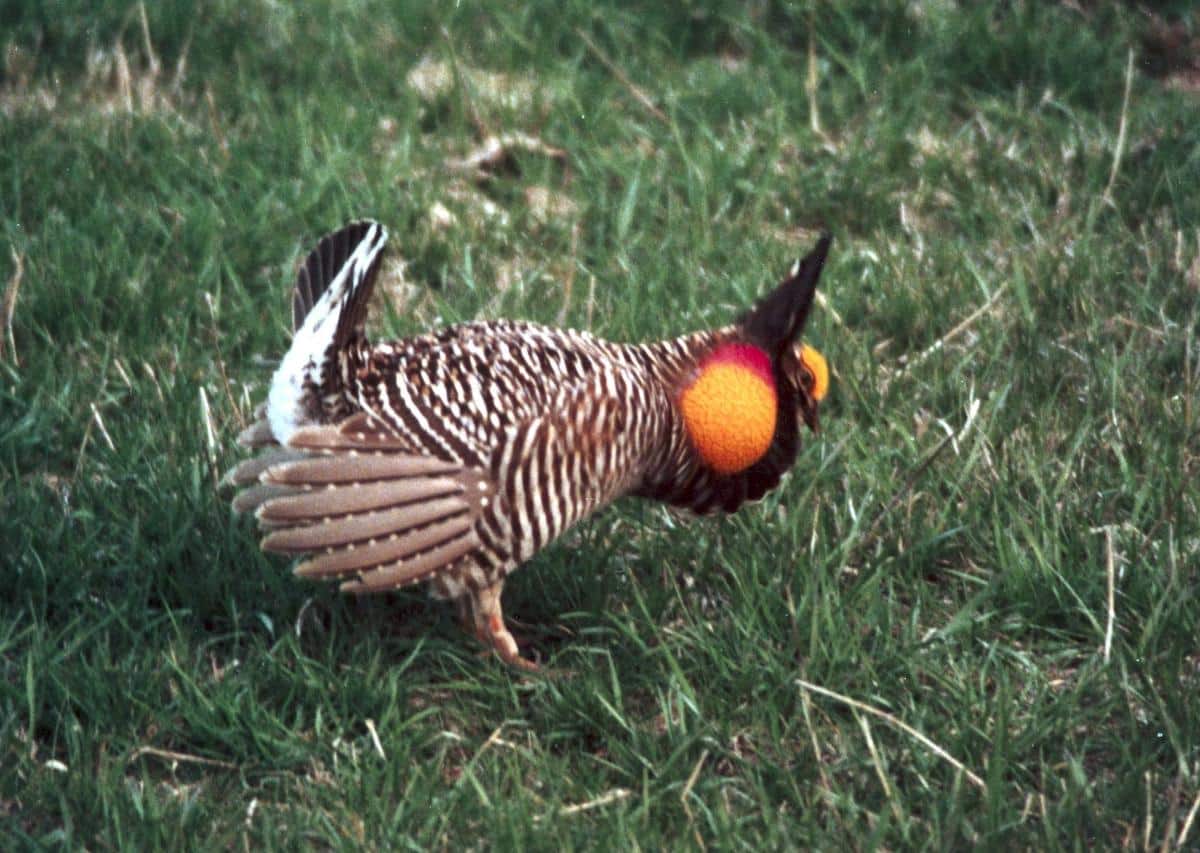
When I was a kid, bald eagles were on the verge of going extinct. I used to read about DDT making raptor and eagle eggshells too fragile to incubate and how scientists feared that eagles were on their way out.
That has all changed. This weekend, I saw six bald eagles down at the river, chasing off the ducks I was trying to identify. When I’m driving around, I usually see one or two sitting in a tree or in flight. It’s wild how they’ve become almost common again!
It’s all due to conservation efforts such as the Endangered Species Act. Not only has this restored populations of eagles, but other birds of prey have made a comeback.
Ducks Unlimited and other agencies have brought waterfowl (ducks, geese, and swans) back in a big way due to extensive wetland protection and restoration.
The wild turkey population had bounced back after being in decline for a while – but the numbers have been falling again, so much that the Kansas Wildlife and Parks Commission had to call off the fall turkey season, and researchers at Kansas State University have launched a $1.8 million effort to find out why turkey numbers are declining drastically.
Efforts like the GBBC are so important to these efforts and many others.
How Do I Participate in the Great Backyard Bird Count?
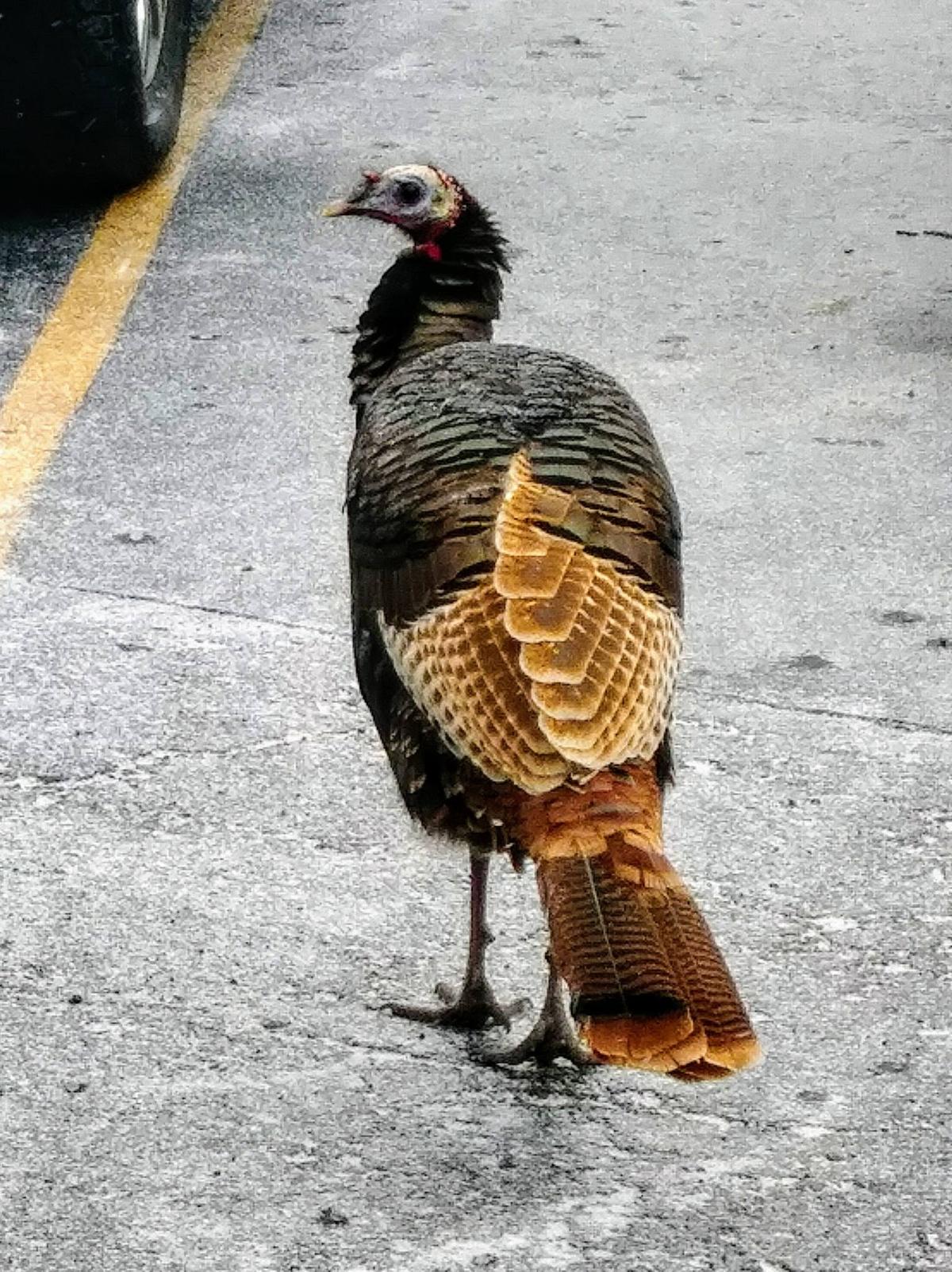
Get your binoculars, viewing scope, and bird guide ready because the date is coming up fast.
- Decide what places you want to watch birds – in your backyard, local parks, natural areas, or any place where birds congregate in February.
- If you’re staying indoors to watch your bird feeders, clean your windows and set up your indoor viewing area so it’s ready to go.
- At least once over the four-day time period, watch birds for at least 15 minutes, for as long as you like. If you want to spend the whole day watching birds, go for it!
- During that time, identify the birds you see and hear, and do your best to estimate how many of each species you spot. You can use field guides for your state or province to help you identify birds, or you can use the Merlin app.
- Then, share your results. If you’re new to birdwatching, use the Merlin app. If you’ve been around the block a few times and want to add more details about specific birds, use the eBird app or enter your list on the eBird website. All of your entries during the four-day period will count toward the final total.
- You can enter data from these four days up until March 1.
Be sure to start a new birding checklist:
- For each day
- Each time you change location
- Every time you stop watching, then start watching again.
How to Prep Your Yard to Bring in Birds
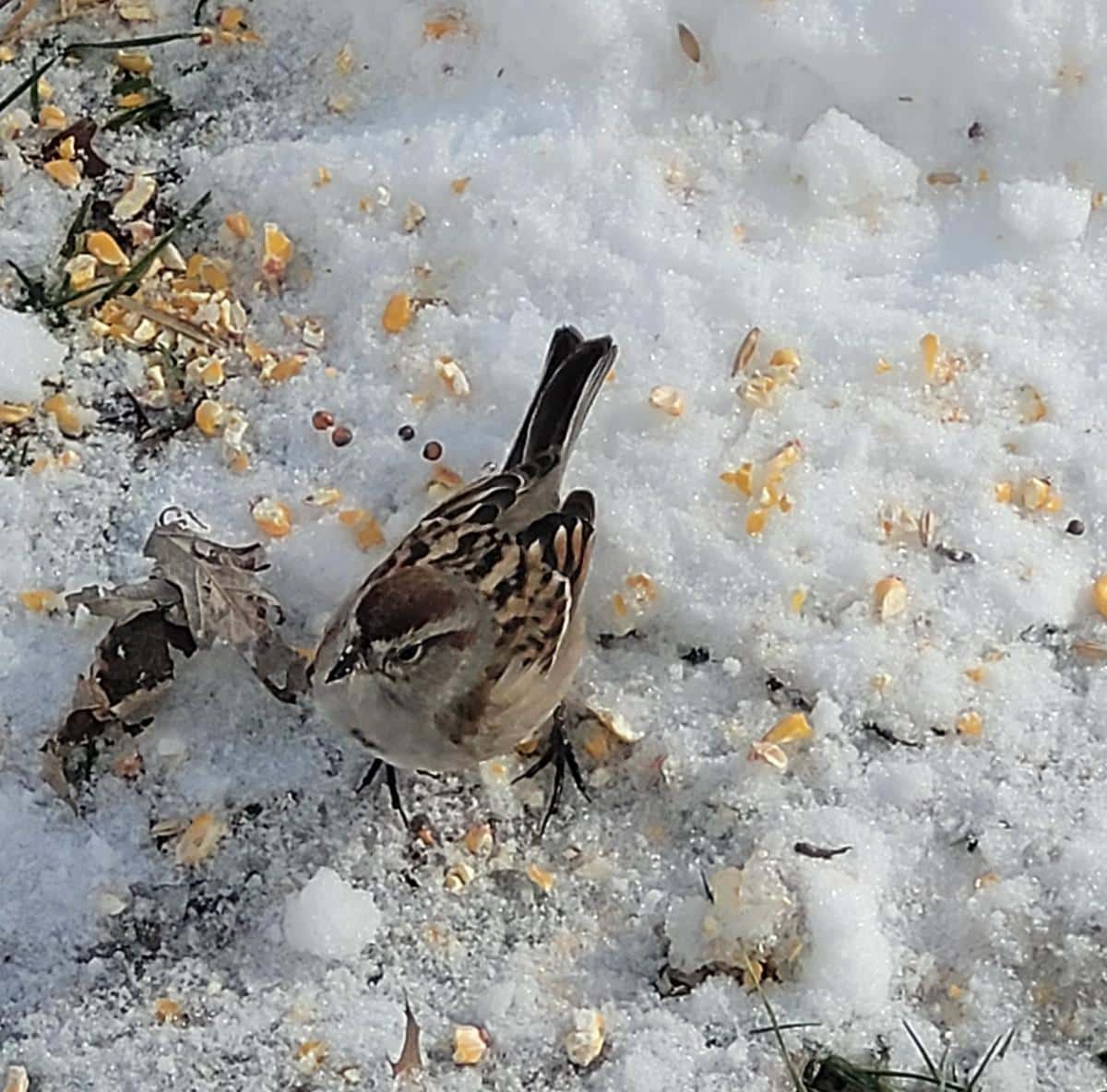
You can set up your yard in advance as well. Not everything will bring in birds – but every little bit will help.
Set up a bird buffet. Provide seeds in one area – hang suet in another – put up a finch feeder – and put out peanuts and mealybugs. A wider variety of food will bring in a wider variety of birds. If a birdfeeder doesn’t work in one location, move it to another place
Provide a heated bird bath. When the temperatures dip below freezing, birds love to drink water. Keep the bird bath clean by scrubbing it every few days and refresh the water daily.
Read more: 12 Best Heated Bird Baths for Your Winter Garden
Provide shrubs or trees for birds to perch in. When birds have a nice place to hang out and stay safe, they are more likely to stick around. If you don’t have shrubs for the birds at the moment, add some evergreens to your landscape once the weather warms up and the ground thaws.
Keep the cats indoors. Cats will hang out at the feeders or lurk in the shrubbery, looking for a tasty snack or a fun feathery toy. They’re troublemakers.

What Happens If I Spot a Rare Bird?
Try to get a photograph or a sound recording of it. When you send the checklist for that birding session to the Merlin app or to eBird, write a full description for that bird in the Details section, along with the habitat that the bird was spotted in (lakeshore, suburban neighborhood, grassland, oak-maple-hickory forest, etc.). Tidy up the photographs or sound recordings and send them in for verification with the checklist. (You can also add them later if you can’t add them right away.)
Using the Merlin App to Identify and Verify Birds
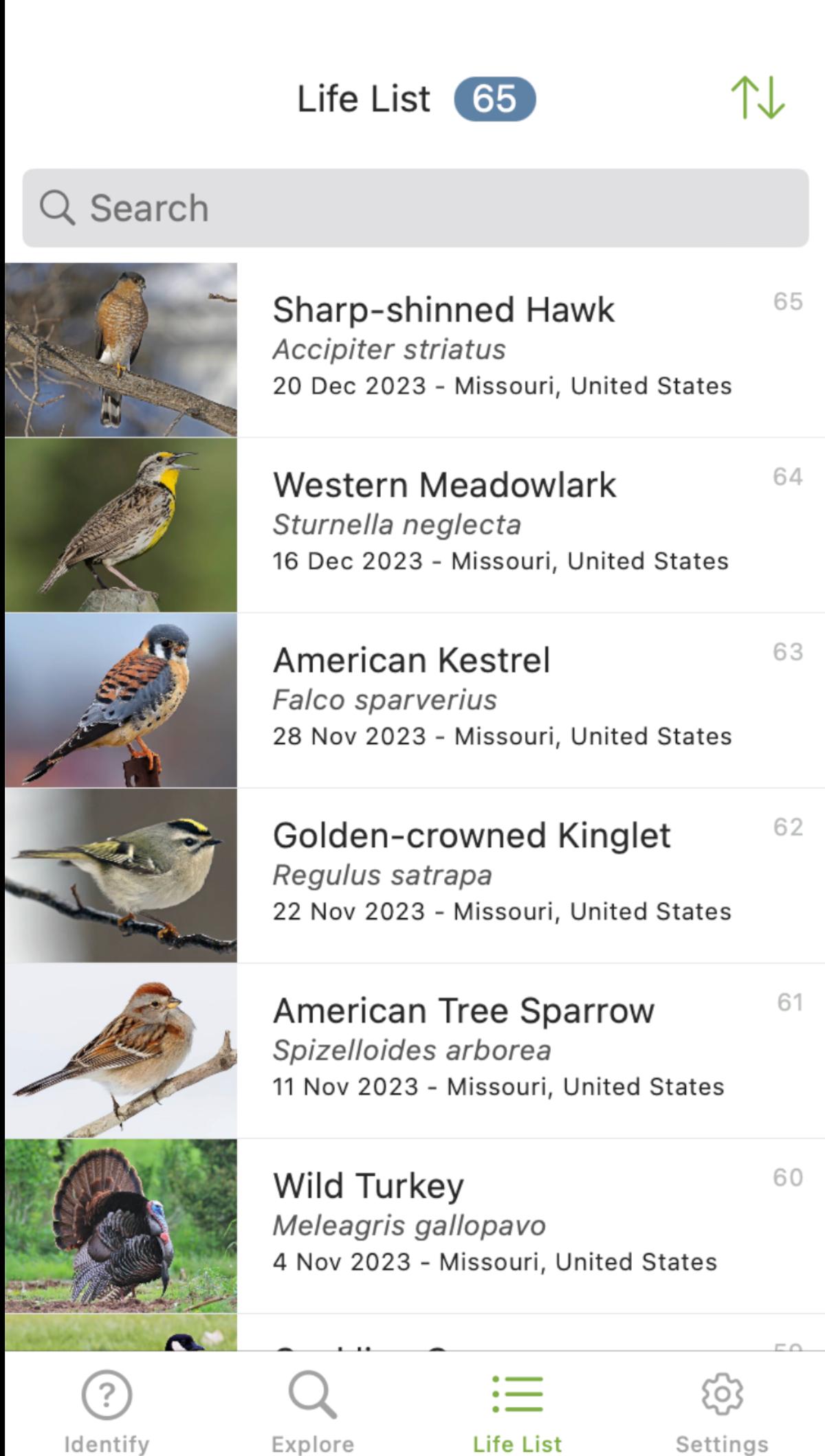
Ever since I was a little kid, I’ve always wanted to be able to identify birds by their calls.
Now, the Merlin app is the gadget that I’ve always longed for!
The Merlin app will not only help you identify birds, but you can add them to your Life List as well.
Read more: Meet Merlin, the Innovative Birding App (+ How to Use It!)
Attempting to Identify Mystery Birds

As with the rare birds, try to get a recording, video, or picture of the bird. Even a blurry, low-quality image can help a birder (or a birding app) identify the species. Merlin is pretty good about identifying birds if you can take pictures from more than one angle – front, back, and sides.
The Great Backyard Bird Count is a worthwhile endeavor for birds and for the citizen scientists who are watching them.
Read more: Audubon Christmas Bird Count Info + How You Can Join
Read more: Participating in the Audubon Christmas Bird Count
Read more: 15 Non-Migratory North American Birds to Feed This Winter
Read more: 12 Tips for Creating a Winter Bird Habitat

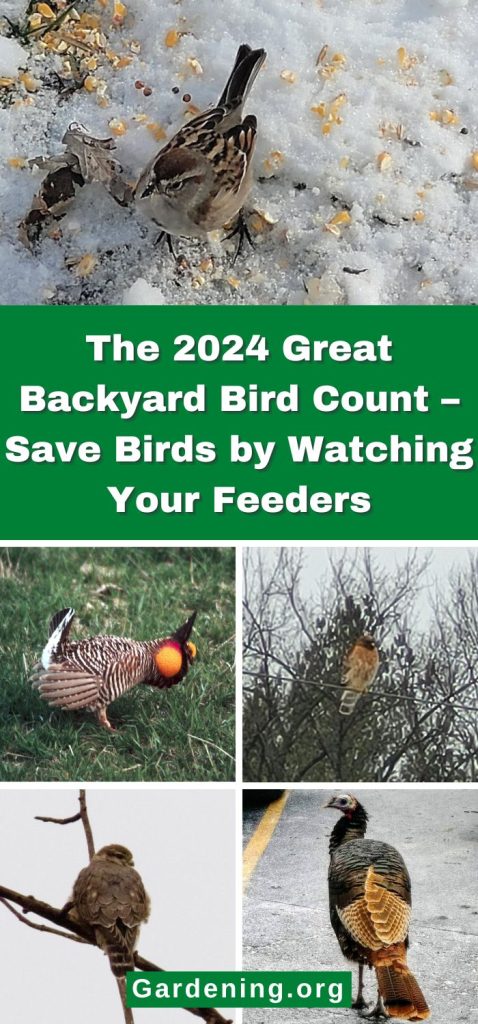
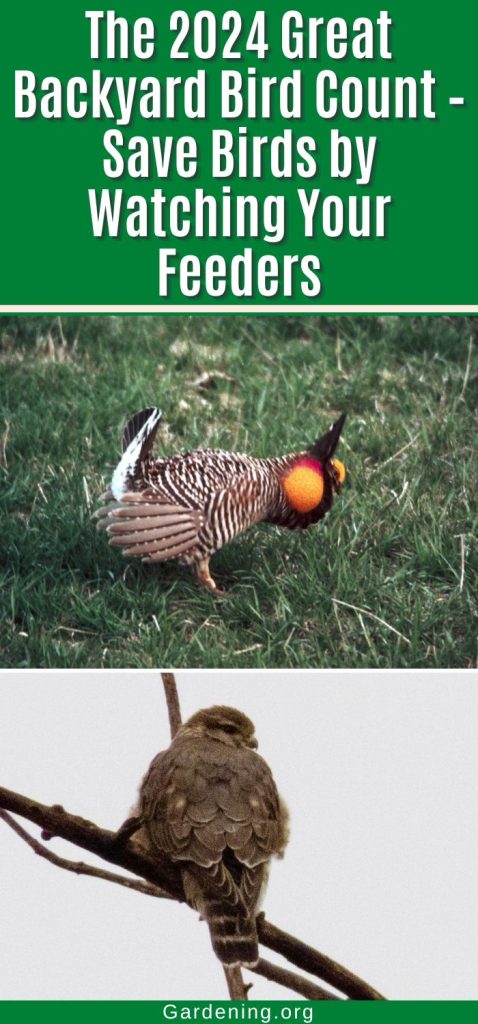
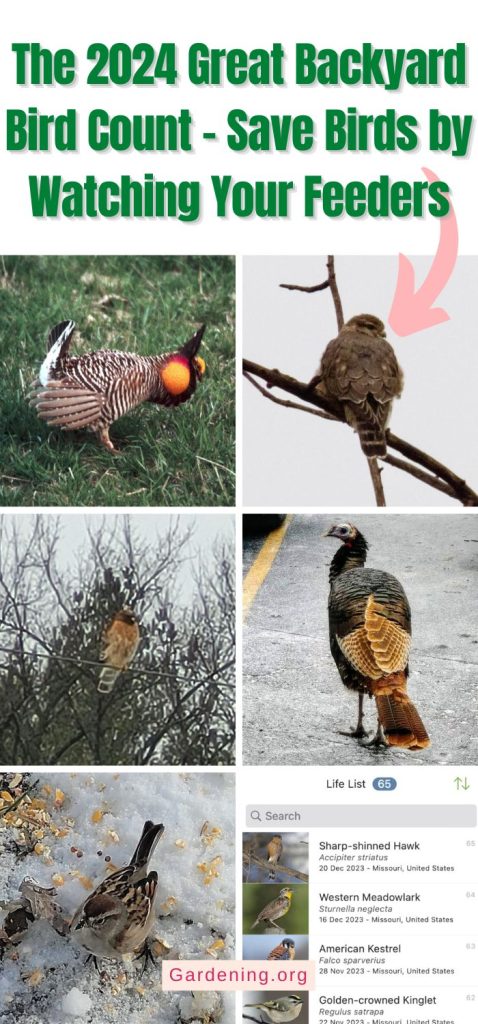
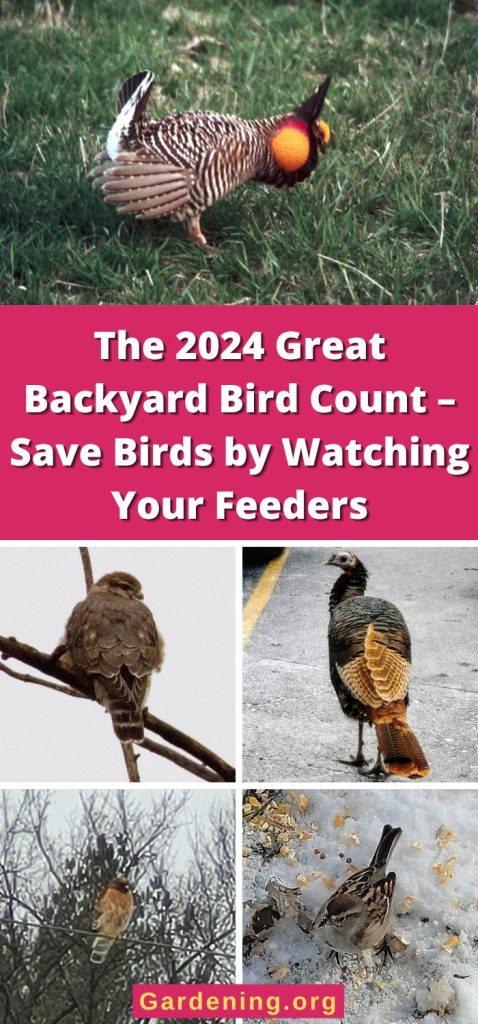

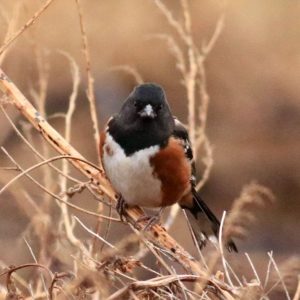

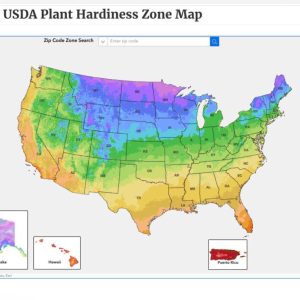
Leave a Reply